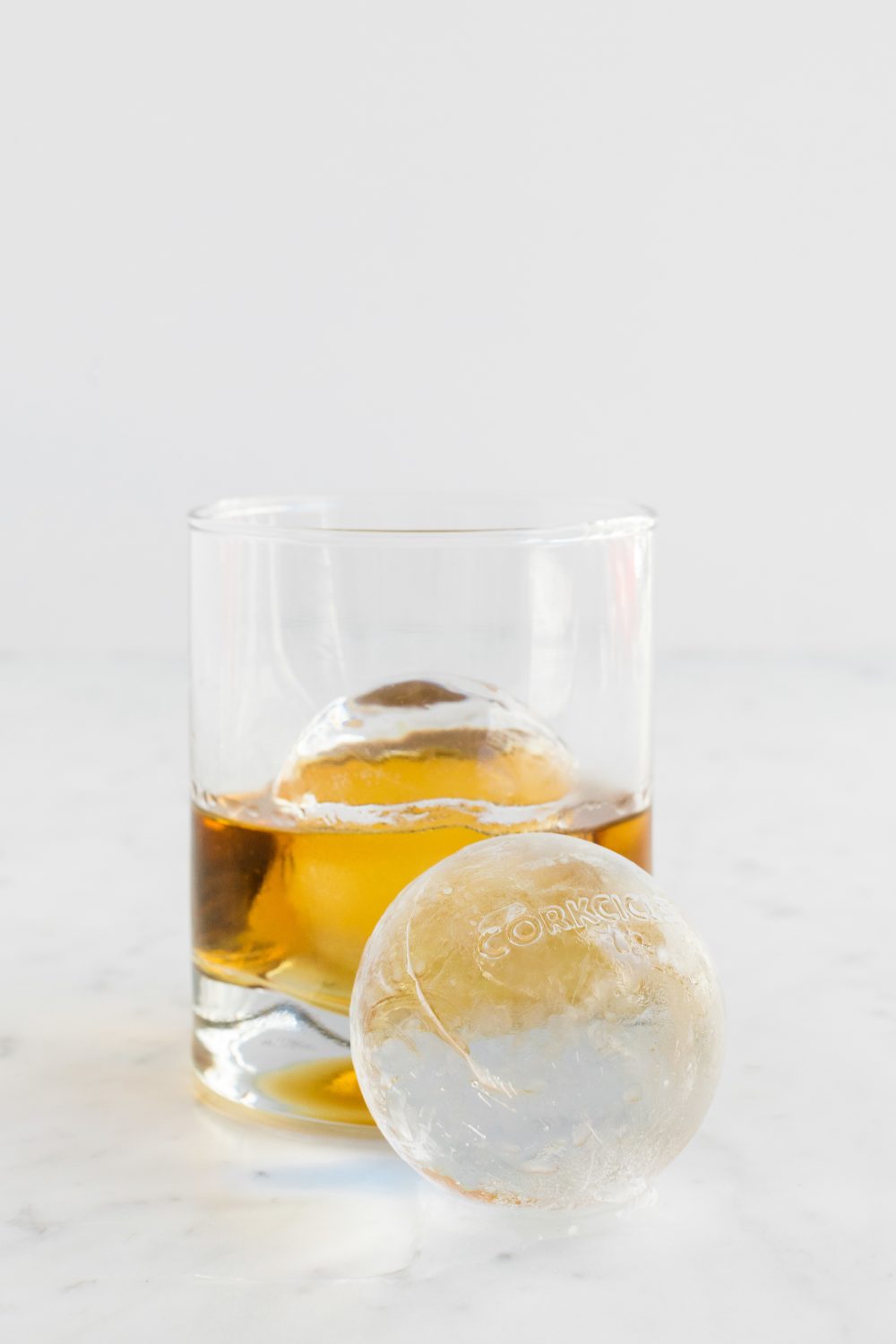
Crystal-Clear Ice for Cocktails
Cocktail geeks—and there are many at Milk Street—have a new obsession: crystal-clear ice. The trend—ice cubes or balls beautifully and entirely free of bubbles, discolorations or cracks—first showed up in upscale bars. But recently we’ve seen specialized ice molds aimed at home mixologists. Creating glass-clear ice is harder than it sounds. The water must freeze very slowly, from the top down (the ice crystals push impurities and bubbles down and out of the cube as the water freezes). We tested a half-dozen ice molds, but most were difficult to use and produced cloudy ice. The exception was the Corkcicle Invisiball, which reliably made stunningly clear spheres of ice. Sadly, the travel mug-shaped mold produces only one cube at a time, as did most other models. The embossed ice mold sells for $39.95 at corkcicle.com.
Sweet Travels
One of the few joys of foreign airport layovers is the opportunity to check out—and stock up on—unusual candies from other countries. Things like Gott & Blandat’s chewy, salt-dusted black licorice from Finland, Germany’s Kalfany Eiswurfel Bonbons (a refreshing hard candy mint that is pleasantly lemony), or England’s Trebor Softmints, thick, chewy, candy-coated mints sold in tubes. Even easier than airport shopping are websites like licoriceinternational.com and worldofsnacks.com, which let us buy global sweets without having to suffer coach class.
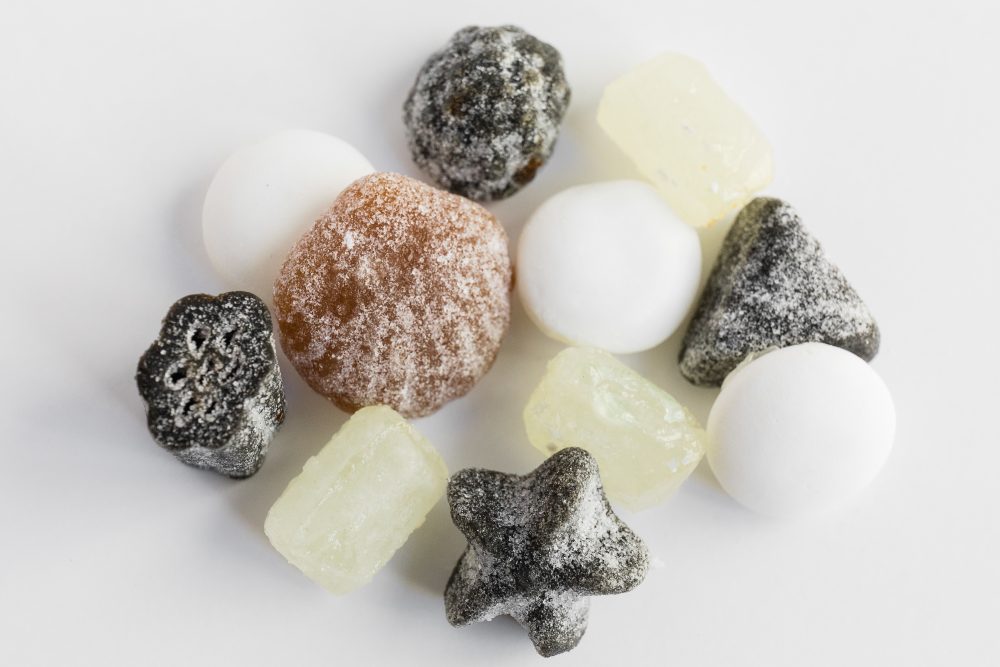
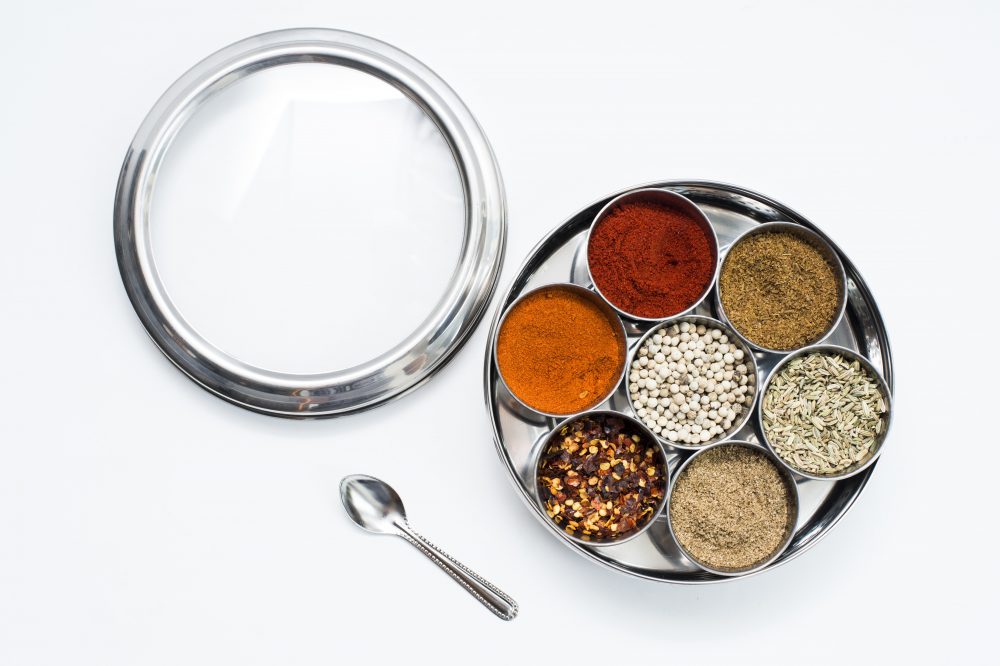
Storing Spices the Indian Way
Indian cooks have a time-tested tool to manage the many seasonings that spice their cuisine. Masala dabbas—round stainless-steel spice tins—organize and display flavor biryanis, curries and dals. The dabba contains seven smaller metal bowls that fit snugly into the larger window-lidded tin. We like to fill ours with the individual spices we use often, as well as go-to spice blends for seasoning, like za’atar, shichimi togarashi and dukkah. An empty dabba is also handy when preparing the components of a dish. We use it to corral all the ingredients for a recipe and to divide items such as sliced scallion whites and greens. We like dabbas about 6 inches in diameter. Amazon and other vendors sell them in several sizes for $15 and up.
Tunisian Flour Sifter
Home cooks in North Africa use ghorbels—deep round wooden pans with sieve-like mesh stretched across the bottoms—for numerous kitchen tasks, from making homemade couscous to straining cooked grains and dried fruits that have soaked in water. Also called tamis in French kitchens, they are sold in various sizes, and the mesh can range from quite large to very fine. We liked the latter, which is great for sifting flour and powdered sugar. We paid about 60 cents for ours at an outdoor market in Tunisia, but Amazon sells stainless-steel versions starting around $11.
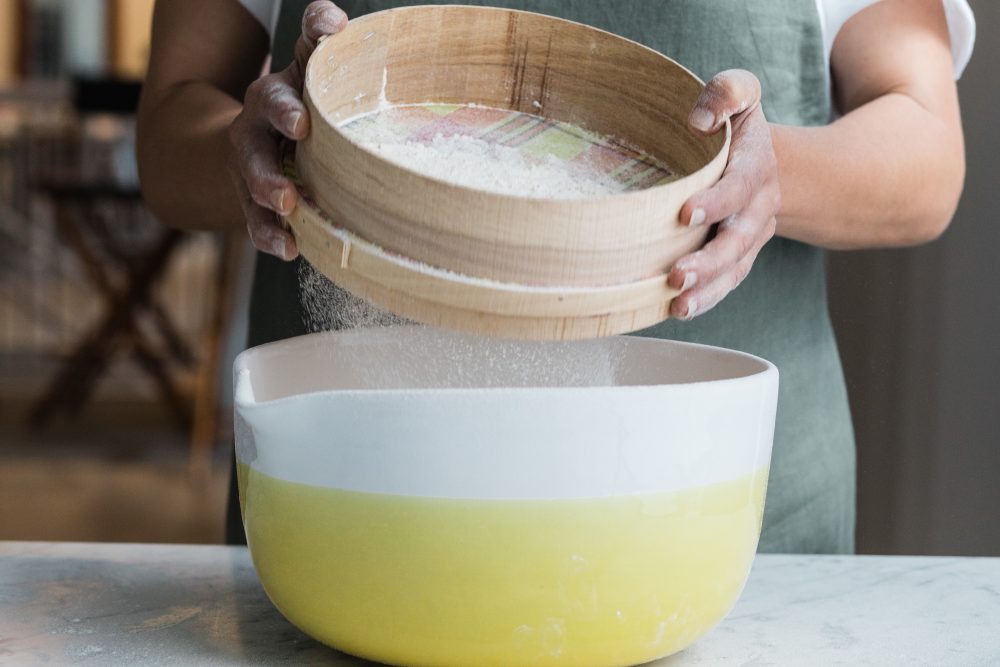
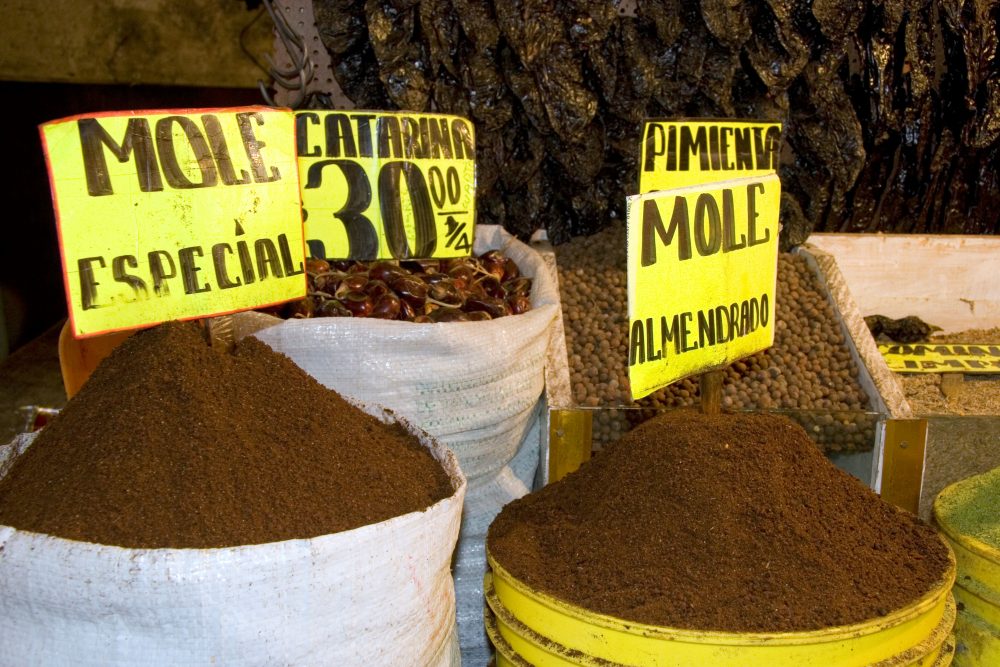
A Shortcut for Mexican Mole
Mexican mole—a broad family of rich sauces that can contain nuts, chilies and spices—can be a chore to make. But in Mexico City’s sprawling Mercado La Merced, we found a shortcut: mole powders and pastes. Heaped in massive mounds, these thick pastes and rich powders are sold by the kilogram. Once blended with broth, they produce earthy, complex sauces that otherwise require a laundry list of ingredients and hours to prepare. The selection is vast and often brightly colored: verde, negro, poblano, dulce, almendrado (almond), ajonjolí (sesame), pipián (pumpkin seed) and more. Though not as alluring as a trip to La Merced, mole powders and pastes are widely available online. At Milk Street, we like the Dry Mexican Mole Spice Blend powder by OliveNation ($3.95 for 4 ounces at olivenation.com) and the Mole Poblano Paste by D’Allesandro Gourmet Ingredients ($21 for 2.2 pounds on Amazon). Both produced rich, thick moles with mild heat.
Date Seed Coffee
A Tunisian company is finding flavor in something most people throw away: date seeds. The date-obsessed folks at Deyma roast and grind the seeds, producing a powder—sold as Coeur de Dattes, “heart of dates”—that can be brewed like coffee. Mixed with milk and sugar, the rich drink tastes like a blend of cocoa and coffee. We liked it best when made in a French press. Dateseedcoffee.com, an Israeli site, sells a similar drink, Pure Date Seed Beverage, $15 per bag.
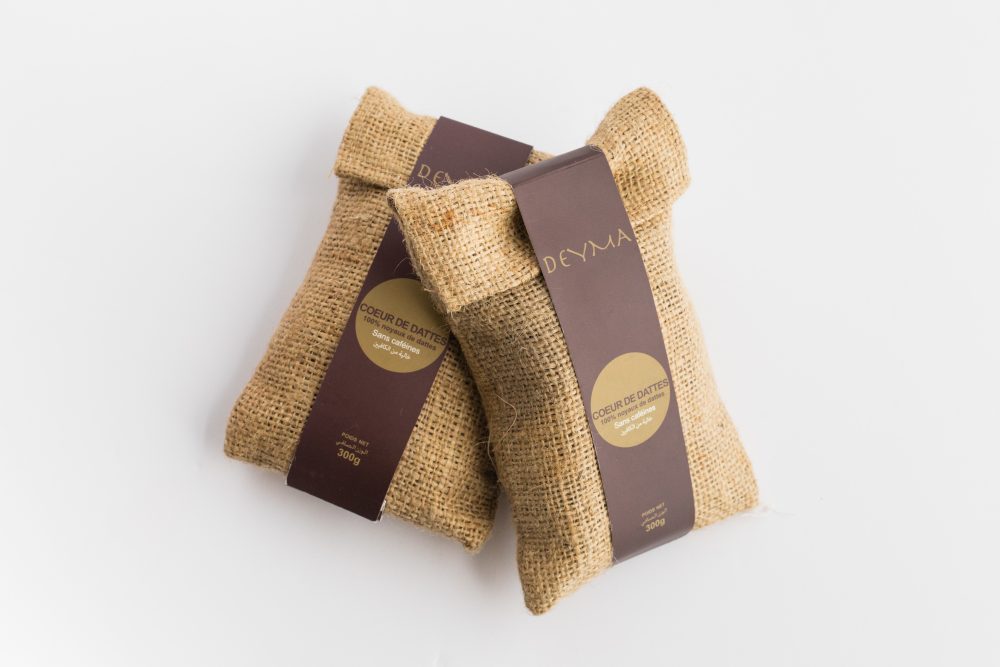
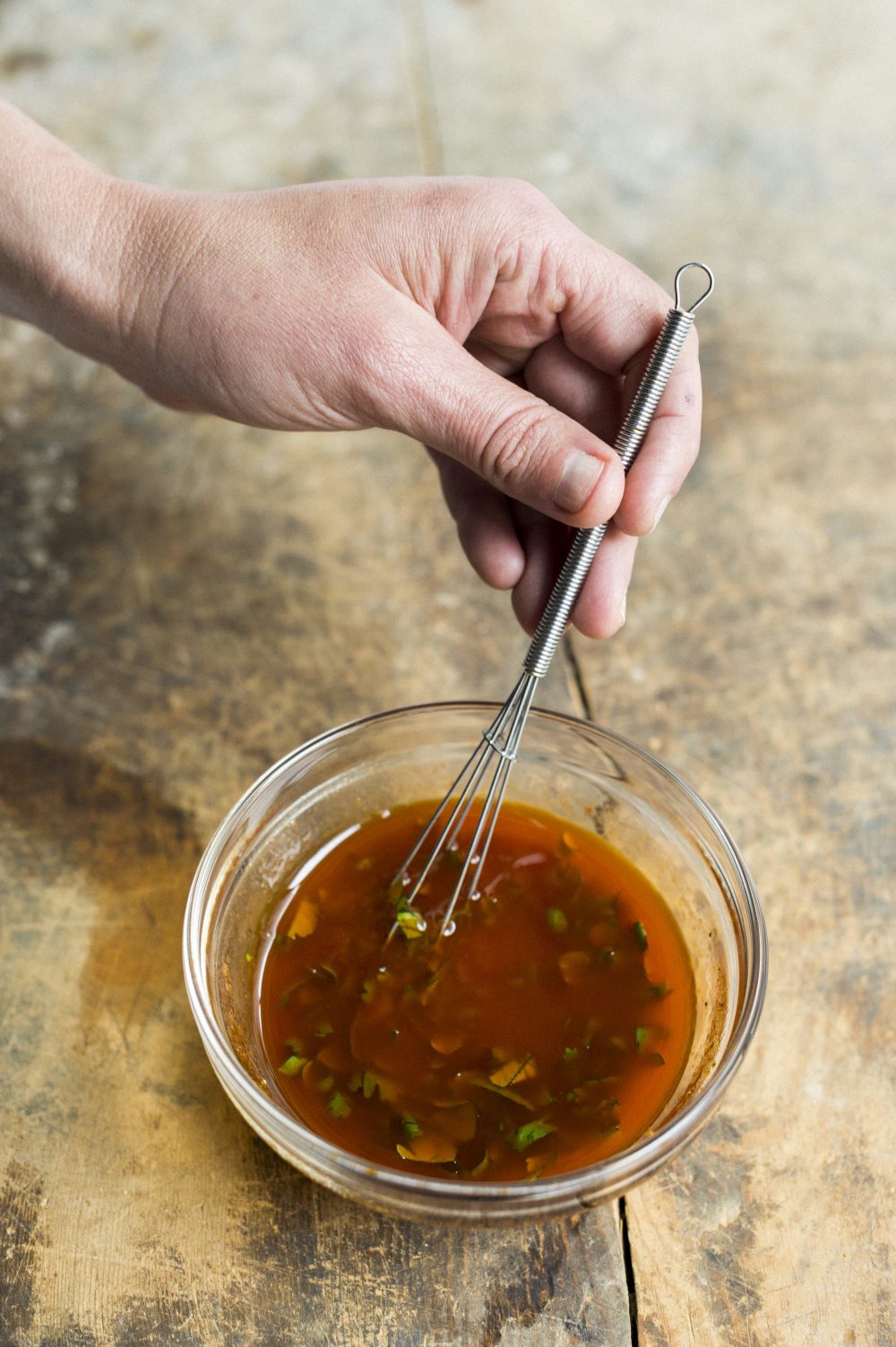
Whisk It
We use mini-whisks for whisking dressings, sauces and egg washes in small bowls or measuring cups. They’re more effective than a fork but don’t create the splatter of a full-size whisk. We like longer 7-inch varieties best; Amazon sells a 12-pack for under $10.
Q: “I have a question about fresh ginger. I recently stopped peeling it before grating or mincing. I just don’t see the point. Assuming the skin is clean and in reasonable shape, why do I need to bother peeling it? If it’s minced, grated or sliced, I’m hard-pressed to see a good reason for the extra step of peeling. Is it just me?” — Patricia Veniott, Vancouver, British Columbia
We’ve often wondered the same thing. When we dug into the issue, we learned that the the compounds that give this root its peppery flavor—gingerols—exist in both the flesh and skin, albeit in lower concentrations in the latter. This made us think that perhaps peeling was unnecessary, possibly even wasteful. To test the theory, we used both peeled and unpeeled fresh ginger to prepare three recipes: carrot-ginger soup, ginger-miso dressing and ginger-soy dipping sauce. In each case, we were surprised to find that using peeled ginger resulted in brighter, cleaner and more pleasant flavor. The versions using unpeeled ginger had muddier, harsher flavors. Turns out, this is because the skin is exposed to air, which oxidizes the gingerols, making their flavors unpleasant. Admittedly, the difference was slight, but enough to notice—and enough to convince us to keep peeling our ginger.



